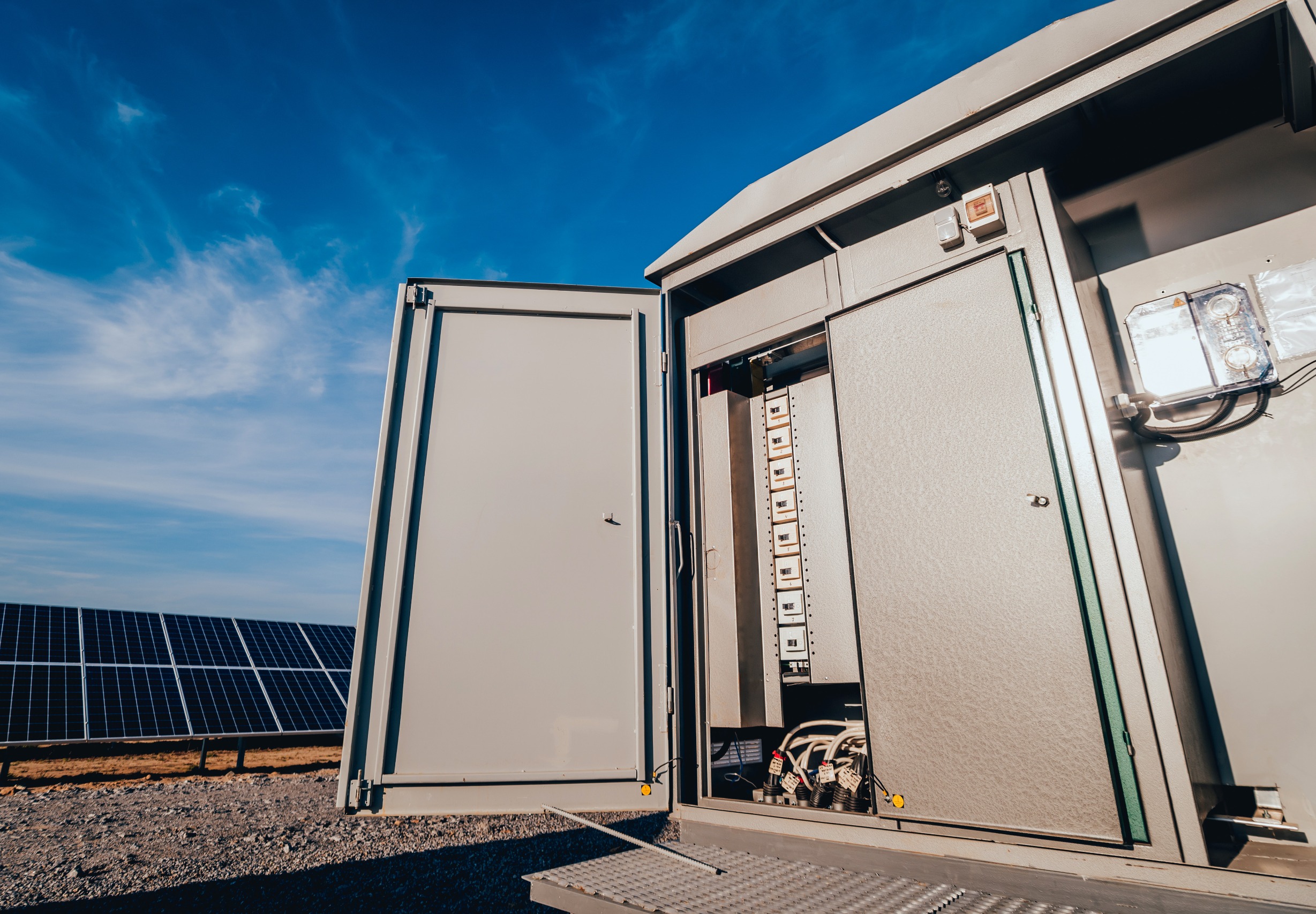BY THE OPTIMIST DAILY EDITORIAL TEAM
As climate-related disasters worsen and the need for renewable energy grows, the United States has resorted to large-scale battery storage to help maintain its power grid. According to data from the Energy Information Administration (EIA), more than 20 gigawatts (GW) of battery capacity have been added to the US electric grid in the last four years. This rapid expansion is equivalent to the production of 20 nuclear reactors and is crucial for averting power disruptions, especially in states that rely significantly on intermittent renewable energy sources such as wind and solar.
In the first seven months of 2023, the United States deployed 5GW of battery capacity, and the pace of growth shows no indications of slowing. According to the EIA, assuming present growth plans continue, battery capacity could increase again to 40GW by 2025. As states like California and Texas lead the charge, batteries are increasingly being viewed as a dependable backup for renewable energy, maintaining grid stability even when the wind isn’t blowing or the sun isn’t shining.
Batteries: a lifeline for power grids
The growing adoption of utility-scale batteries represents a substantial shift in the way power is generated, stored, and used. Traditionally, energy generation has been a real-time operation, with power generated and consumed concurrently. However, the emergence of massive batteries has altered this paradigm by allowing energy to be stored during periods of excess generation and released during times of high demand or low output.
“It’s been extraordinary growth,” said John Moura, director of reliability assessment and performance analysis for the North American Electric Reliability Corporation (NERC). “It’s still technology that we are getting used to working with because the system wasn’t designed for it, but from a reliability perspective, it presents a golden opportunity. This changes the whole paradigm of producing electricity, delivering it, and consuming it.”
California, in particular, has seen firsthand the advantages of battery storage. In prior years, the state faced electricity rationing and blackouts during heatwaves, when demand for air conditioning increased and wildfires damaged power lines. This summer, however, California was able to keep the lights on, thanks largely to the new battery infrastructure. “We can leverage that stored energy and dispatch it when we need it,” said Patti Poppe, CEO of California’s largest utility, Pacific Gas & Electric (PG&E).
Addressing renewable energy’s challenges
The rapid expansion of wind and solar energy has provided various benefits, but it has also created new issues for grid management. Renewable energy sources are fundamentally variable—solar power is created only when the sun shines, whereas wind power is weather-dependent. Without the ability to store excess energy, these variations can put a burden on the grid, causing power outages or instability.
“Batteries can smooth out some of that variability from those times when the wind isn’t blowing or the sun isn’t shining,” Moura explained. He used the German term Dunkelflaute, which represents periods of low renewable energy output. “If you have a four-hour storage battery, that can get you through a Dunkelflaute.”
While current battery technologies may handle short-term changes, they do not provide a complete answer. Longer-duration storage and a significant improvement to the US transmission network will be required to complete the transition to a clean energy grid. These transmission enhancements would allow renewable energy to be quickly moved from high-production areas to high-demand areas, but they are subject to regulatory constraints. Many environmental groups are concerned that lighter permission restrictions will favor fossil fuel interests, sparking a heated discussion over how to proceed.
The role of batteries in the energy transition
Despite these challenges, utility-scale batteries are becoming a critical component of the worldwide energy revolution. The International Energy Agency (IEA) has recently highlighted batteries as “a key source of dispatchable capacity globally,” predicting that they will account for 40 percent of the world’s short-term energy flexibility by 2050. This flexibility is critical for balancing the peaks and troughs of renewable energy output, guaranteeing a consistent and dependable power supply.
“There are a lot of changes happening but monstrous action is still needed if we are going to make this energy transition,” Moura said. Although great progress has been made, particularly in the United States, much more work needs to be done to scale up renewable energy and incorporate it seamlessly into the grid.
However, batteries are already demonstrating their usefulness. As their capacity grows, they provide a possible answer to one of renewable energy’s main challenges: intermittency. With more batteries installed, the US grid can rely less on fossil fuels and more on clean energy, hastening the transition to a sustainable future.
The future of battery storage
The advancements in battery deployment are exciting, but experts caution that they are only one piece of the issue. The coming years will be critical in determining how successfully the United States and the globe can reduce carbon emissions and transition to renewable energy. Innovations in battery technology, improvements in grid infrastructure, and regulatory changes will all play critical roles in this shift.
As additional governments and countries invest in battery storage, lessons from early adopters like as California and Texas will help determine the future of sustainable energy. While the path to a fully renewable energy system is far from complete, the rapid expansion of utility-scale batteries is a crucial step in the right direction.











